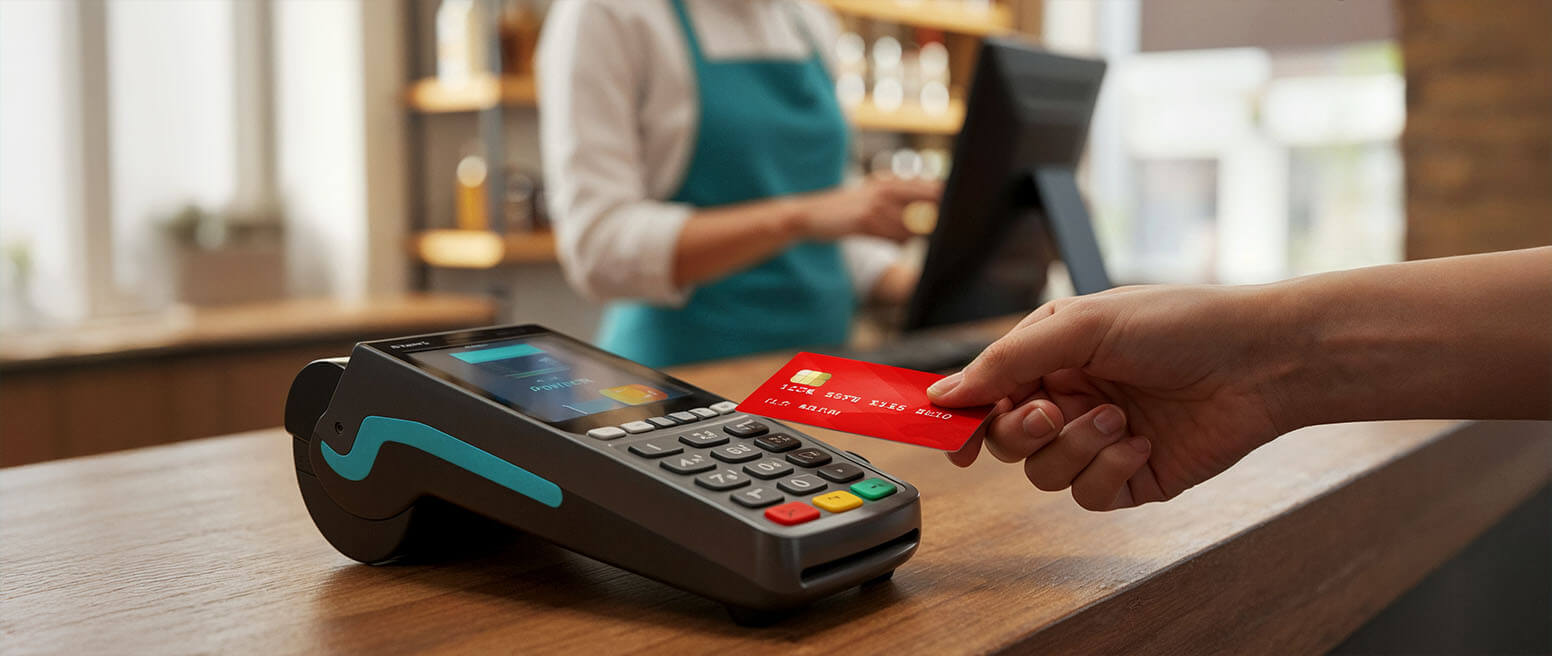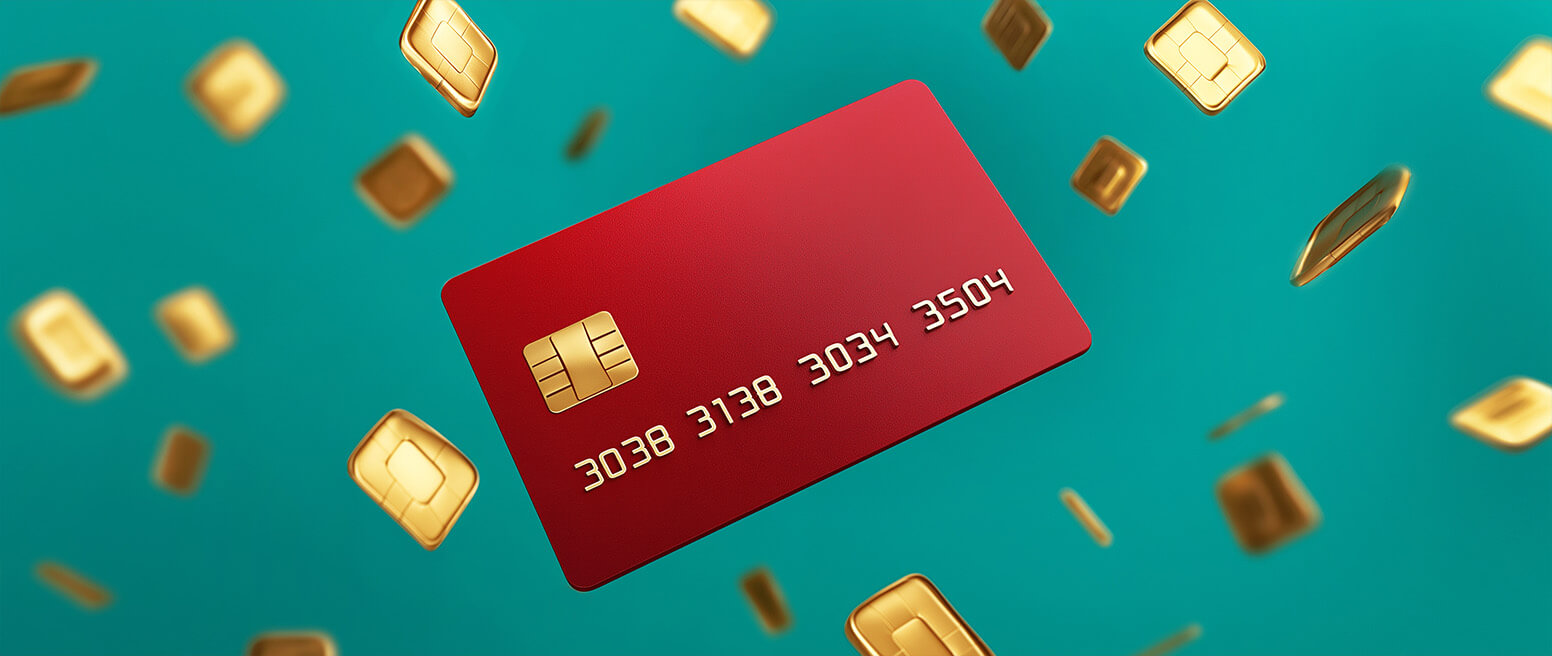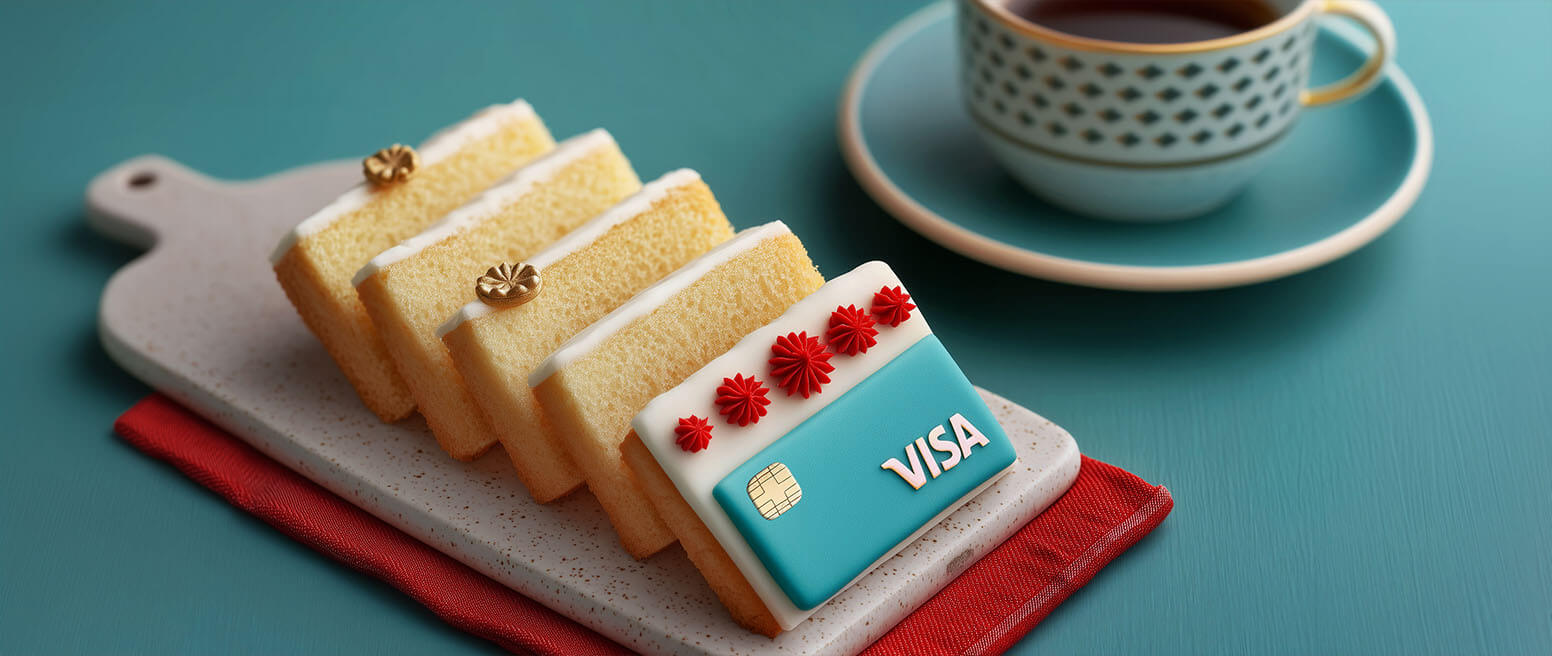Are “Buy Now Pay Later” Options Leading Consumers to Take Less Responsibility Regarding Purchases?
Initial reports from the first quarter of 2023 suggest that consumers may be starting to shift their mindset — and their behavior — regarding eCommerce.
During the 2022 holiday season, consumers spent approximately $211.7 billion online. This represents a $7.16 billion increase over the previous year, even despite high inflation and looming recession fears. Shoppers leveraged new payment methods like buy now pay later (BNPL) to manage their budgets, leading to a 4% increase in BNPL orders compared to 2021.
It can be argued that BNPL options, combined with enhanced consumer experiences, contributed to that robust holiday spending season. So, despite a potential economic downturn amid concerns about inflation, BNPL may provide a silver lining for retailers.
But, does BNPL’s popularity with consumers necessarily imply more responsible spending? Furthermore, what implications does this carry for consumer spending habits and behaviors? Let’s take a closer look.
Recommended reading
- What is EMV Bypass Cloning? Are Chip Cards Still Secure?
- Dispute Apple Pay Transaction: How Does The Process Work?
- Terminal ID Number (TID): What is it? What Does it Do?
- Point of Sale Systems: How to Get More From Your POS Machine
- What is EMV Technology? Definition, Uses, Examples, & More
- Visa Installments: How it Works, Benefits, & Implementation
Tracking Increased BNPL Spending in the Face of Inflation
The first question that needs to be addressed here: Why is spending still up, despite concerning rhetoric regarding inflation?
Well, one key factor is the introduction of more affordable payment mechanisms. Secondly, more consumers have shifted from high-interest credit cards to cost-saving options that still allow for flexibility in financing, like buy now pay later.
BNPL offers many benefits. Consumers can break purchases up into more manageable payments with no additional interest. Additionally, BNPL tends to be less reliant on a consumer's past credit history than traditional credit cards. BNPL payments have been linked with boosted conversions and are promoted as a means to retain customers, particularly for higher-ticket items like jewelry and apparel.
Buyers enjoy more flexibility and access to financing, while merchants get to sell to more consumers who otherwise might not be able to afford a purchase. Sounds like a win-win, right? Well, there’s more to this matter than the immediate benefits.
Not All Good News: Issues Resulting From Wider BNPL Adoption
Buy now pay later options have been linked with higher incidences of non-payment. 42% of users admit they’ve made a late payment on a BNPL loan. That’s likely one reason why 23% of BNPL customers say they ultimately regretted financing a purchase this way.
Another concern for BNPL consumers is the tendency to spend more than they have. Almost 70% of customers who have used the platform admit to overspending when using the service. This has not slowed their spending habits, though.
The same study also found that consumers still prefer credit cards, but BNPL is catching up. 47% of consumers prefer the option to pay for a purchase they can't currently afford.
While BNPL's popularity is undeniable, the platform hasn’t necessarily led to more responsible consumer spending habits. BNPL offers value for both consumers and merchants, but it also comes with some serious, concerning drawbacks.
What About Returns?
On one hand, BNPL services can improve consumer returns by providing a more flexible and convenient way to manage refunds. A recent Splitit survey found that 67% of shoppers believe a smoother return process is essential for a positive shopping experience. 56% of respondents said that BNPL services made returns easier.
By simplifying the returns process, BNPL providers may enhance customer satisfaction and foster long-term loyalty. But, on the other hand, BNPL services can complicate consumer returns.
Issues may arise when the return window and the payment schedule are mismatched or unclear. Another 2021 study hinted that the return process was generally more complicated when using BNPL services. This is because customers need to navigate the retailer's return policy and the provider's terms and conditions.
These disparities can lead to situations where customers are still required to make payments for returned items or face late fees. This can be frustrating and confusing, and can lead to reputational damage for the seller.
The Link Between BNPL & Consumer Dissatisfaction
Customers increasingly turn to BNPL platforms for convenient and flexible payment options. Unfortunately, this growth has also been accompanied by a rise in customer complaints, which may be linked to the nature of BNPL services themselves.
According to a report from the Consumer Financial Protection Bureau (CFPB), customer complaints related to BNPL services increased by 25% between 2020 and 2021. One potential explanation for this increase could be the lack of transparency in BNPL terms and conditions, which might contribute to misunderstandings about fees and payment schedules. An additional survey conducted by the National Consumer Law Center found that 50% of BNPL users were not aware of the late fees associated with these services.
Beyond these issues, BNPL services often do not require a credit check, which could contribute to a higher incidence of customer disputes. Another study by the Federal Reserve Bank of Philadelphia found that customers using BNPL services without credit checks were twice as likely to default on payments, as compared to those who underwent credit checks.
A final contributing factor could be the ease of making purchases through BNPL services, which often leads to impulse buying and increased debt. A 2021 survey by Credit Karma revealed that 40% of BNPL users admitted to making impulse purchases they later regretted.
Where Does “Save Now Buy Later” Fit In?
Fintech is adapting in response to these and other concerns. Another business model, sometimes dubbed “save now buy later,” or “SNBL,” is emerging as another alternative to credit cards.
SNBL services incentivize customers with an embedded no-fee digital savings account to save the necessary amount of money for their purchase. It also provides cash rewards to keep the customer engaged. In doing so, SNBL purportedly reduces online shopping cart abandonment, and helps build a more sustainable payment model.
That might sound appealing for prospective customers who’ve been burned by BNPL late fees in the past. But, can SNBL ever stack up to BNPL in popularity?
The answer is “yes.” As mentioned above, SNBL doesn’t tack on any late fees, unlike BNPL. Beyond this, SNBL is essentially a “pre-payment” platform that could be available to every user, despite credit or overextension issues.
Still, there is no real way to determine if SNBL will catch on until widespread adoption increases around the globe. Both BNPL and SNBL are intended to improve the online shopping experience for consumers while keeping sales rolling for merchants. That said, both merchants and consumers need to monitor a potential increase in late and returned payment fees due to higher ticket sizes to determine if it will have an effect on returns.
The Bottom Line
BNPL statistics seem fairly split down the middle when it comes to market forecasts. However, at the core of the matter, BNPL is here to stay.
To mitigate these potential issues, both BNPL providers and customers need to ensure clear communication, responsible use of services, and a better understanding of the associated risks and fees.
BNPL and SNBL can be effective for both the merchant and consumer as long as the processes and credit rules are clearly communicated by the merchant and adhered to by the customer. But, whether one is objectively “better” than the other remains to be seen.













